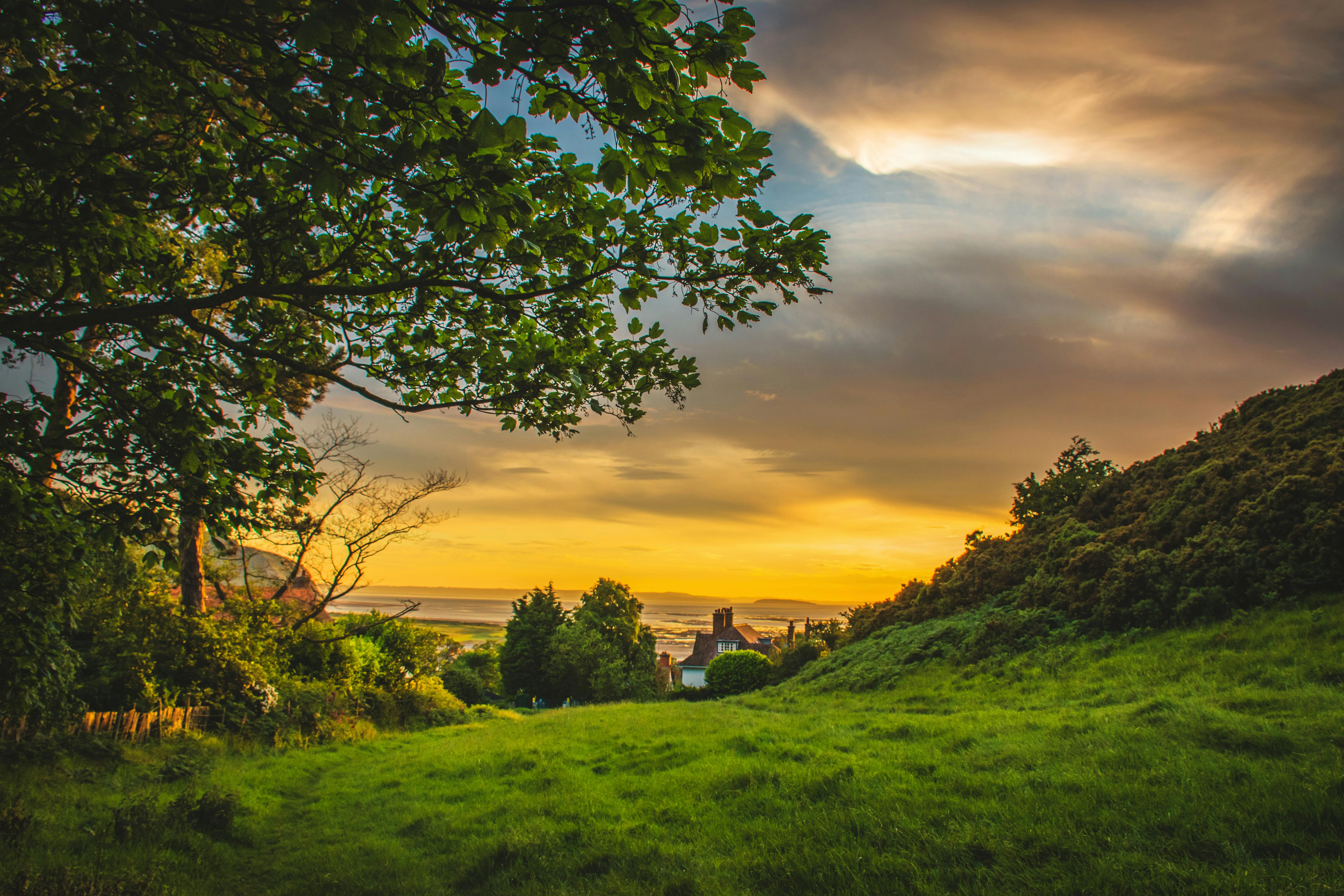CXBOS Insights
Your daily dose of news, insights, and information.
Chasing Light: Secrets from the Shadows of Landscape Photography
Uncover the hidden techniques in landscape photography that transform ordinary shots into breathtaking art. Chase the light and master the shadows!
Mastering the Golden Hour: Tips for Capturing Stunning Landscape Photos
Capturing stunning landscape photos often hinges on mastering the Golden Hour, which refers to the period shortly after sunrise and before sunset when the sunlight is soft and warm. To make the most of this magical time, it's essential to arrive at your location at least 30 minutes early. This allows you to scout the best compositions and set up your gear without the pressure of fading light. Consider using a tripod for stability and experiment with different angles as the light changes, creating a variety of moods and atmospheres in your shots.
Incorporating elements such as foreground interest, leading lines, and framing can elevate your landscape photos during the Golden Hour. For example, look for interesting rocks, flowers, or trees that can add depth to your composition. Utilizing backlighting can also create stunning silhouettes and highlight textures in your scene. Remember to adjust your camera settings, keeping an eye on the histogram to ensure your images are well-exposed. By harnessing these techniques, you will be well on your way to capturing breathtaking landscapes that truly showcase the beauty of the Golden Hour.

The Art of Shadow Play: How to Use Contrast in Landscape Photography
The art of shadow play is a captivating technique in landscape photography that emphasizes the power of contrast to create striking images. By skillfully manipulating light and shadow, photographers can draw attention to specific elements within their compositions. When capturing landscapes, it's essential to consider the time of day; early morning and late afternoon often provide the most dramatic lighting conditions. During these golden hours, the play of light and shadows can create depth and dimension, transforming an ordinary scene into a breathtaking visual experience.
To master this technique, photographers should also explore the relationships between light and shadows. Look for strong lines and interesting shapes that shadows cast over the landscape. Incorporating these elements can enhance the overall composition and lead the viewer's eye towards the subject. Additionally, consider the use of filters and post-processing techniques to further exaggerate the contrasts in your images. By embracing the art of shadow play, you can elevate your landscape photography, creating images that resonate with depth and emotion.
What Makes a Landscape Photo Stand Out? Essential Techniques and Insights
Creating a stunning landscape photo involves a combination of technical skills and an artistic eye. One of the most critical techniques is understanding the principles of composition. Utilizing the rule of thirds can help in placing focal points effectively, while leading lines can guide viewers' eyes through the scene. Additionally, lighting plays a pivotal role; capturing images during the golden hour can enhance colors and create a more dynamic mood. Always be prepared to experiment with angles and perspectives, as a slight shift can significantly alter the impact of your photograph.
Incorporating foreground interest is another essential technique that can elevate your landscape photo from ordinary to extraordinary. By including interesting elements in the foreground, such as rocks, flowers, or water, you can add depth and dimension to your image. Moreover, mastering techniques like long exposures can capture the movement of clouds or water, offering a unique touch. Finally, don't underestimate the power of post-processing; subtle adjustments to contrast, saturation, and sharpness can make a substantial difference. Remember, every landscape has a story to tell, and it’s your job to bring that narrative to life through your lens.